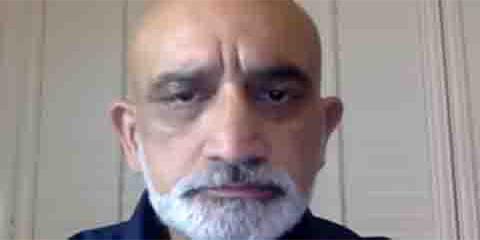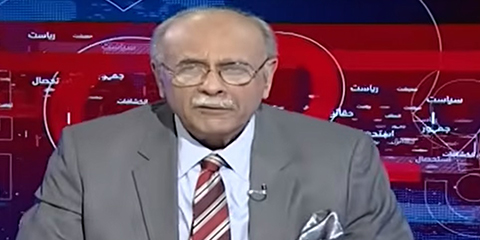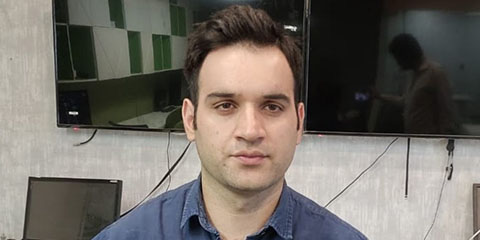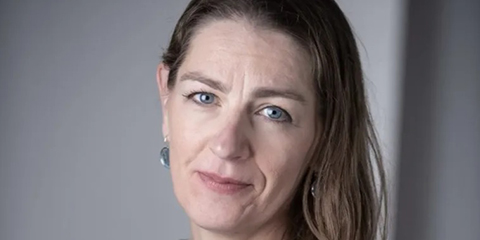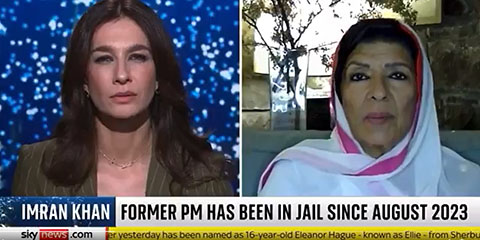Nisar Osmani
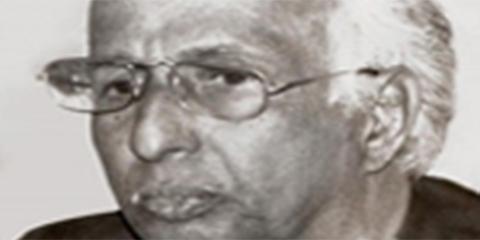
Born in Allahabad in 1931, Mr. Nisar Osmani had his early education in India. Migrating from India soon after the creation of Pakistan, Nisar Osmani stepped into practical life as a school teacher in Bahawalpur.
He later shifted to Lahore, did his Master’s in Political Science, and started teaching at Dyal Singh College.
He joined the daily Dawn as a stringer in 1953 and became the bureau chief when Dawn established its full-fledged bureau in Lahore. He retired in 1991 but remained associated with the newspaper as special correspondent.
Mr. Osmani emerged as an upright progressive journalist and trade unionist during the Ayub era of 1960s. He was elected to various offices including President of Punjab Union of Journalists and Pakistan Federal Union of Journalists. He was a founder member of HRCP, had been its vice-chairman and was on its Council. For his fearless criticism of the governments of the day, Mr. Osmani was sent behind bars a number of times.
For three distinct periods of Pakistan’s current history, the Ayub era, Z.A. Bhutto’s rule and then General Ziaul Haq’s decade of martial law, Mr. Osmani’s stentorian voice continued to echo above the others’ in newspaper columns and in the rulers’ encounters with the press. He was unsparing even of the elected governments whether or not they had the sense to heed his timely admonitions. He was throughout a devoted democrat and a journalist par excellence.
He breathed his last at a local hospital where he got admitted early on September 3 after having had cardiac problem.

Asaf Jilani
Asaf Jilani was born in Aligarh in 1934. He got his primary education at Jamia Millia Islamia in Delhi where Dr. Zakir Hussain was Shaikh ul Jamia. Dr. Hussain later became the third President of
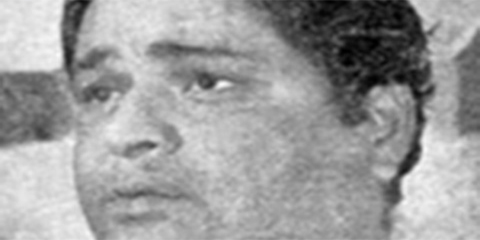
Majeed Lahori (1913-1957)
Majeed Lahori, born Abdul Majid Chohan in 1913 in Gujrat, was truly a people's columnist, according to Khalid Hasan, adding what he wrote remains as delightful today as it was then.

Anjum Niaz (1948-2018)
Before joining journalism, Anjum Niaz taught at the Karachi American School and Pakistan American Council. A master's in English Literature from the Punjab University, she joined the

Muhammad Ziauddin (1938-2021)
Muhammad Ziauddin, renowned as a capable and fiercely independent journalist, left a lasting legacy spanning over five decades. Known respectfully as Ziauddin Sahab, he was regarded as one of the last legendary journalists in Pakistan.
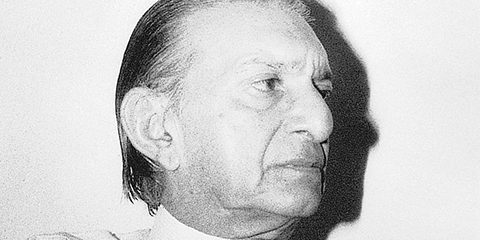
Omar Kureishi (1928-2005)
Omar Kureishi was a distinguished Pakistani writer. He worked in advertising, aviation and journalism, writing for many newspapers, including Dawn, The Pakistan Times, Morning News and The Guardian, London.
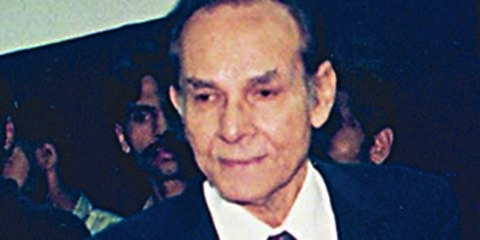
Ahmed Ali Khan (1924-2007)
Born in 1924 in Bhopal, Ahmed Ali Khan's association with Dawn began in Delhi in 1946 and ended in Karachi in 2004. He remained with the newspaper for nearly 42 years - 28 of them as editor
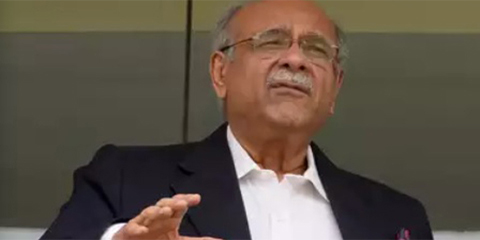
Najam Sethi
Najam Sethi is an award-winning journalist and media personality. He is the Editor-in-Chief of The Friday Times, a Lahore-based political weekly. He was previously the Editor of Daily Times and

Maulana Zafar Ali Khan (1873-1956)
Writer, journalist and politician, Maulana Zafar Ali Khan belonged to a learned family of Karamabad district, Gujranwala, Punjab. He received his early education in Wazirabad and Patiala.
Newsroom

Pakistan’s ad ban on Dawn sparks media freedom concerns
December 14, 2025 Dawn Media Group says Pakistan has imposed an unannounced ban on government advertising, drawing condemnation from media bodies over press freedom and independent journalism.
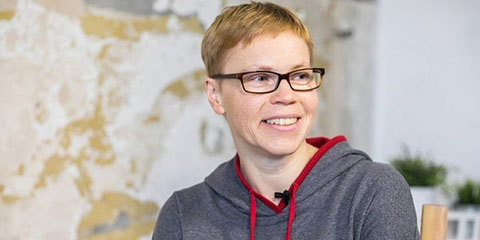
Belarus journalist Maryna Zolatava freed after four years
December 14, 2025 Belarusian journalist Maryna Zolatava was released after spending more than four years in detention, along with 123 other political prisoners, highlighting the ongoing struggles for press freedom under Lukashenko.
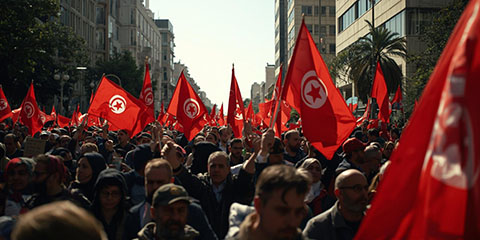
Tunisia protests revive press freedom concerns
December 14, 2025 Protests in Tunisia on December 13 spotlight jailed journalists and politicians, renewing international concerns over legal and administrative pressure on independent media.

PFUJ raises alarm over pressure on Dawn Media Group
December 14, 2025 Pakistan Federal Union of Journalists condemns the advertising ban on Dawn Media Group, warning that it threatens press freedom and calls on the government to restore ads immediately.

Japan anti-espionage law plan raises media freedom fears
December 14, 2025 Japan plans fast-track anti-espionage and secrecy laws, prompting warnings from legal experts and press advocates that broad rules could chill journalism and weaken source protection.



